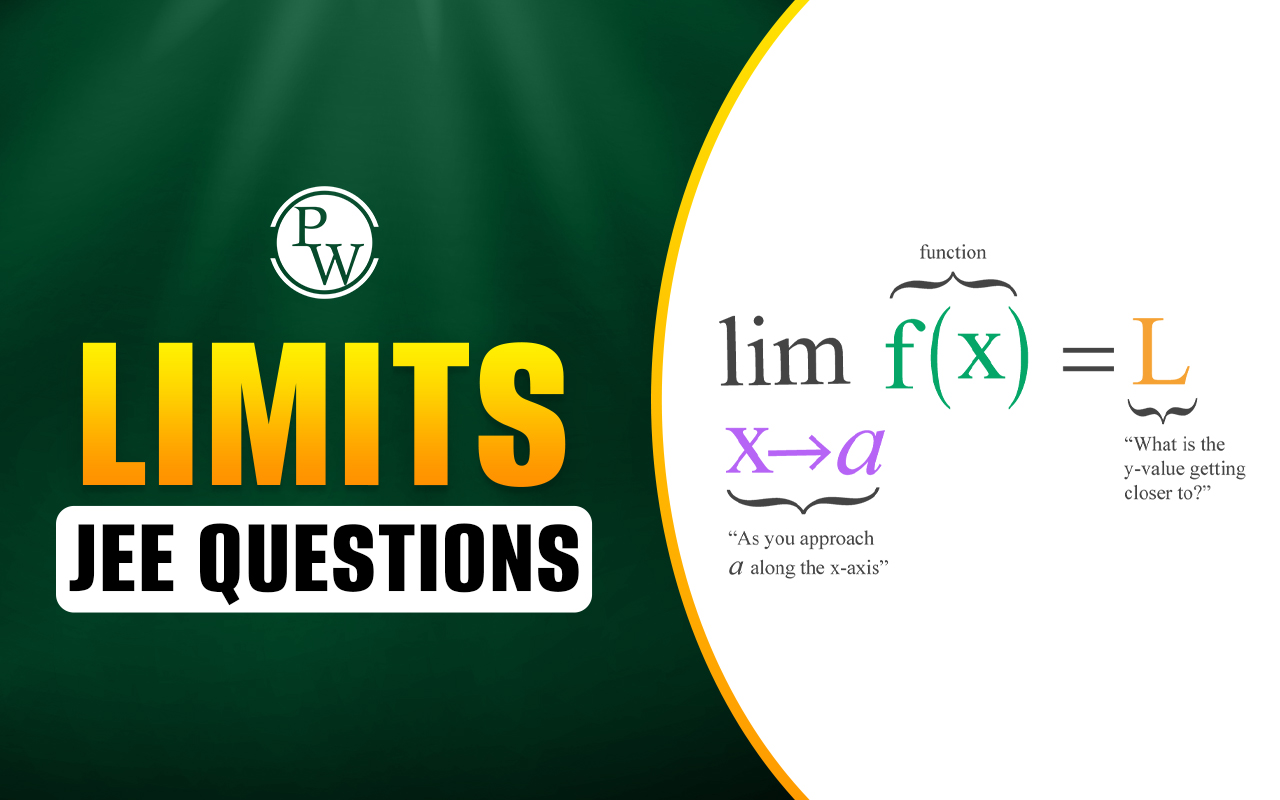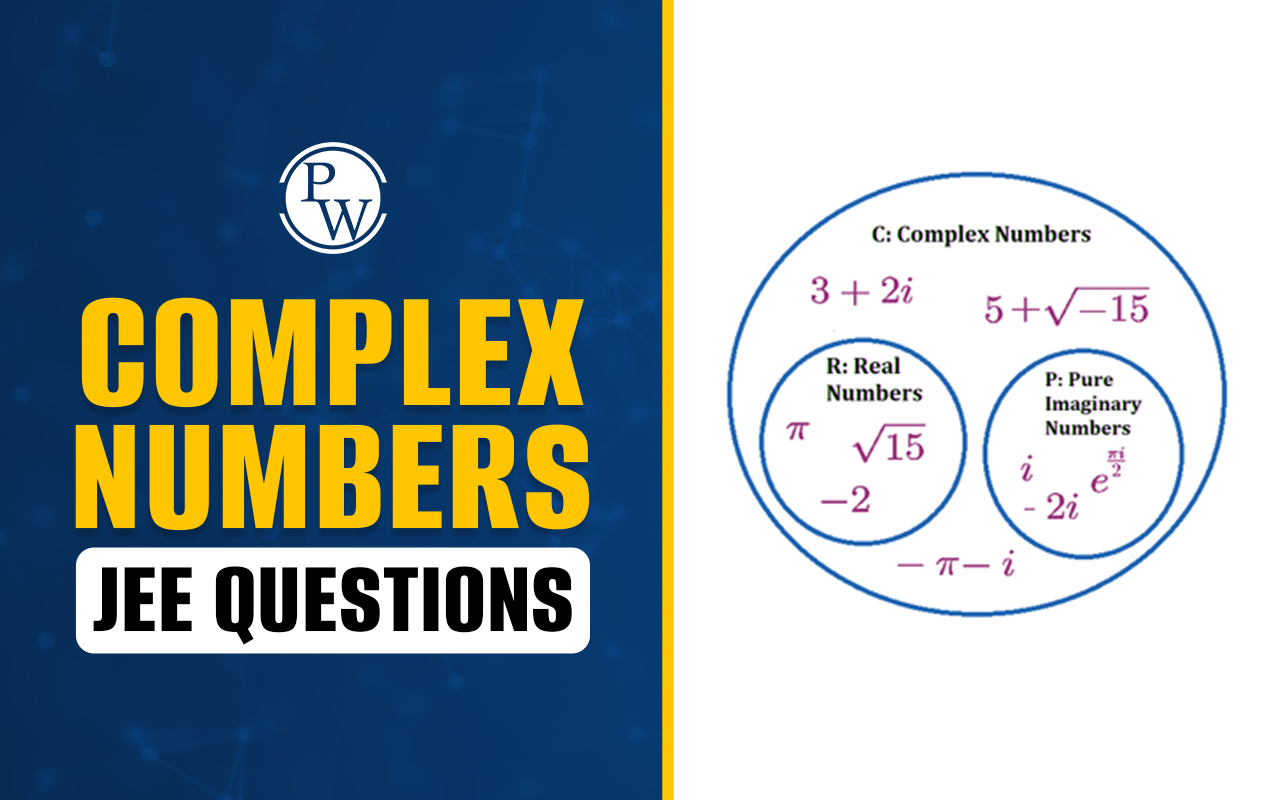
F Block Elements : The f block elements are arranged in two chemical series in the periodic table: the 4f block is named after lanthanides or rare earth elements, and the 5f block is named after actinides or actinides. Lanthanides, or 4f block elements, comprise the first inner transition metals series in chemistry, while actinides comprise the second inner transition metals series.
The electron arrangement of the f block elements (actinium and lanthanum) is a result of filling electrons in deep-seated 4f and 5f orbitals with increasing atomic numbers. Trivalent oxidation numbers or states, which are stable or common oxidation states, are present in all f block elements. Achieve JEE excellence with PW JEE Online Course . Join now to fulfill your engineering dreams!F Block Elements Meaning
F block elements are those whose electrons fill up the f orbital. The electrons of these elements are located in the outermost orbital (0 to 1), in the d orbital of the penultimate energy level (0 to 14), and in the f orbital. The filling up of the 4f and 5f orbitals corresponds to two series in the f block. The 4f series of Ce to Lu and the 5f series of Th to Lw are the elements. In every series, the 'f' orbital is occupied by 14 elements.Properties of F Block Elements
- The oxidation states of them are varied.
- They frequently form complex compounds.
- Electrons occupy the third final shell of the inner transition elements.
- These elements produce colourful ions.
- The actinide series of elements include radioactive elements.
- The inner transition elements display variable valencies.
- Elements that have an atomic number greater than 92 or 103 are naturally radioactive and synthetic.
Classification of F Block Elements
Lanthanides and actinides are the two series of f block elements, often known as inner transition elements. Lanthanide Series: The first series of elements are called lanthanides, and they consist of elements having atomic numbers between 57 and 71. Except for promethium, these elements are not radioactive. In the lanthanide series, the last electron moves into the 4f orbital. Actinide Series: The elements that make up the actinide series have atomic numbers between 89 and 103. These elements are generally radioactive in nature. The actinide series' last electron moves into the 5f orbital.Difference Between Lanthanides and Actinides
Below are a few points in which lanthanides and actinides of f block elements vary from one another.| Properties | Lanthanides | Actinides |
| Electronic Configuration | 4f1-145p65d0-16s2 | 5f1-146s26p66d0-17s2 |
| Orbital for Last Electron | 4f | 5f |
| Basic Nature of Compounds | Less basic | More basic |
| Radioactivity | Non-radioactive (except promethium) | Radioactive |
| Common Oxidation States | Usually +3, sometimes +4 and +2 | Typically, +3 |
| Complex Formation | Slow to form complexes | Form complexes readily |
Similarities Between Lanthanides and Actinides
- Actinoids and lanthanoids have several differences as well as some similarities. This is a brief overview of the similarities.
- There are fifteen elements in each of the two groups of isostructural, organic, and synthetic chemical elements known as lanthanides and actinides.
- Their atoms' last electron enters into the f-orbital.
- Both actinides and lanthanides have two s-electron configurations in their outermost electron shells, which is a comparable outermost electronic configuration.
- Actinium and lanthanum operate as stand-ins for them in the extra rows of the periodic table that list them below.
- Actinides and lanthanides are most often found in the oxidation state +3.
- The electropositive and reactive energies of these elements are high.
- When melted, these metals have a silvery-white color and exhibit magnetic properties.
- An actinide and lanthanide contraction research found that as nuclear charge increases, atomic number rises and atomic size falls.
- Soluble nitrates, sulphates, and perchlorates are present in actinides and lanthanides, while insoluble fluorides, carbonates, and hydroxides are present.
Properties of Lanthanides
- The lanthanide series elements are distinguished by the preferred filling of the 4f orbital.
- This series consists of 14 elements with differentiating electrons occupying a 4f subshell, ranging from Cerium (Z=58) to Lutetium (Z=71).
- The prototype of lanthanide, lanthanum, is the basis of the word lanthanide.
- The lanthanides, or lanthanoid series, are the fourteen elements ranging from cerium to lutetium.
- The inner shells of these elements, (n=2) f, or 4f, and (n-1) d, or 5d, are incomplete. These elements are inside the transition series.
- The 4f components have an electrical arrangement of 4f1−14,5do−4,6s2.
Properties of Actinides
- The electronic configuration of actinium (Z=89) is [Rn]5fo6d17s2. The 5f orbital has no presence of electrons. Actinides are the elements in the series that have increasingly filled 5f orbitals, ranging from Thorium (2=90) to Lawrencium (Z=103).
- Since the elements share many of actinium's physical and chemical characteristics, they are referred to as actinide elements.
- The second inner transition series is made up of actinide. The outermost and penultimate shells' electron l arrangements are the same in each of these components.
- This arrangement of electrons makes elements very similar to one another.
- The metals uranium and thorium come from natural sources.
- However, Neptunium and progressively heavier elements are created artificially by nuclear processes transforming naturally existing elements.
- Trans-uranic elements are all of these artificial elements with atomic numbers greater than Uranium-92. We have identified elements ranging from Rf (Z=104) to Uub (Z=112).
Uses of F Block Elements
The following list includes a few significant applications for inner transition metals:- Lasers can be produced using lanthanides.
- In order to determine the age of rocks and fossils, inner transition elements, or f-block elements, are used. For this, elements like lutetium and samarium are used.
- Nuclear weapon development also makes use of inner transition elements. For this, elements like plutonium and uranium are used.
- Nuclear power is also produced using inner transition elements.
- Lanthanides are also used in the production of powerful magnets.
- Inner Transition Elements have been used in the field of medicine as well, where they are employed to complete certain targeted cells inside the body. For example, uranium offers radiation protection.
F Block Elements FAQs
Q1: Are Inner Transition metals Reactive?
Ans. These react just as alkali metals do. Since all actinides are toxic, they have no market value.
Q2: What makes transition metals unique?
Ans. Because they may contain an incomplete subshell that allows valence electrons to stay in a shell different from the outer shell, transition metals are unique.
Q3: Why are there 14 elements in the f-block?
Ans. A maximum of 14 electrons may be accommodated in the f-orbitals. Therefore, there are a total of 14 elements in lanthanides. There are fourteen elements in the actinide series.
Q4: What is the first element of f-block?
Ans. The first m element of the lanthanide group of elements is lanthanum, a rare metal.
Q.5: Is fluorine a metal?
Ans. It is a nonmetal and one of the few elements capable of forming diatomic molecules (F2). It possesses five valence electrons at the 2p level.
Talk to a counsellorHave doubts? Our support team will be happy to assist you!

Check out these Related Articles
Free Learning Resources
PW Books
Notes (Class 10-12)
PW Study Materials
Notes (Class 6-9)
Ncert Solutions
Govt Exams
Class 6th to 12th Online Courses
Govt Job Exams Courses
UPSC Coaching
Defence Exam Coaching
Gate Exam Coaching
Other Exams
Know about Physics Wallah
Physics Wallah is an Indian edtech platform that provides accessible & comprehensive learning experiences to students from Class 6th to postgraduate level. We also provide extensive NCERT solutions, sample paper, NEET, JEE Mains, BITSAT previous year papers & more such resources to students. Physics Wallah also caters to over 3.5 million registered students and over 78 lakh+ Youtube subscribers with 4.8 rating on its app.
We Stand Out because
We provide students with intensive courses with India’s qualified & experienced faculties & mentors. PW strives to make the learning experience comprehensive and accessible for students of all sections of society. We believe in empowering every single student who couldn't dream of a good career in engineering and medical field earlier.
Our Key Focus Areas
Physics Wallah's main focus is to make the learning experience as economical as possible for all students. With our affordable courses like Lakshya, Udaan and Arjuna and many others, we have been able to provide a platform for lakhs of aspirants. From providing Chemistry, Maths, Physics formula to giving e-books of eminent authors like RD Sharma, RS Aggarwal and Lakhmir Singh, PW focuses on every single student's need for preparation.
What Makes Us Different
Physics Wallah strives to develop a comprehensive pedagogical structure for students, where they get a state-of-the-art learning experience with study material and resources. Apart from catering students preparing for JEE Mains and NEET, PW also provides study material for each state board like Uttar Pradesh, Bihar, and others
Copyright © 2025 Physicswallah Limited All rights reserved.












